chemfill superior refill
Original price was: $1,800.00.$1,300.00Current price is: $1,300.00.chemfill superior refill
Original price was: $1,800.00.$1,300.00Current price is: $1,300.00.Glass Ionomer Cement
Direct or indirect pulp-capping
Permanent restoration of occlusal stress-bearing areas.
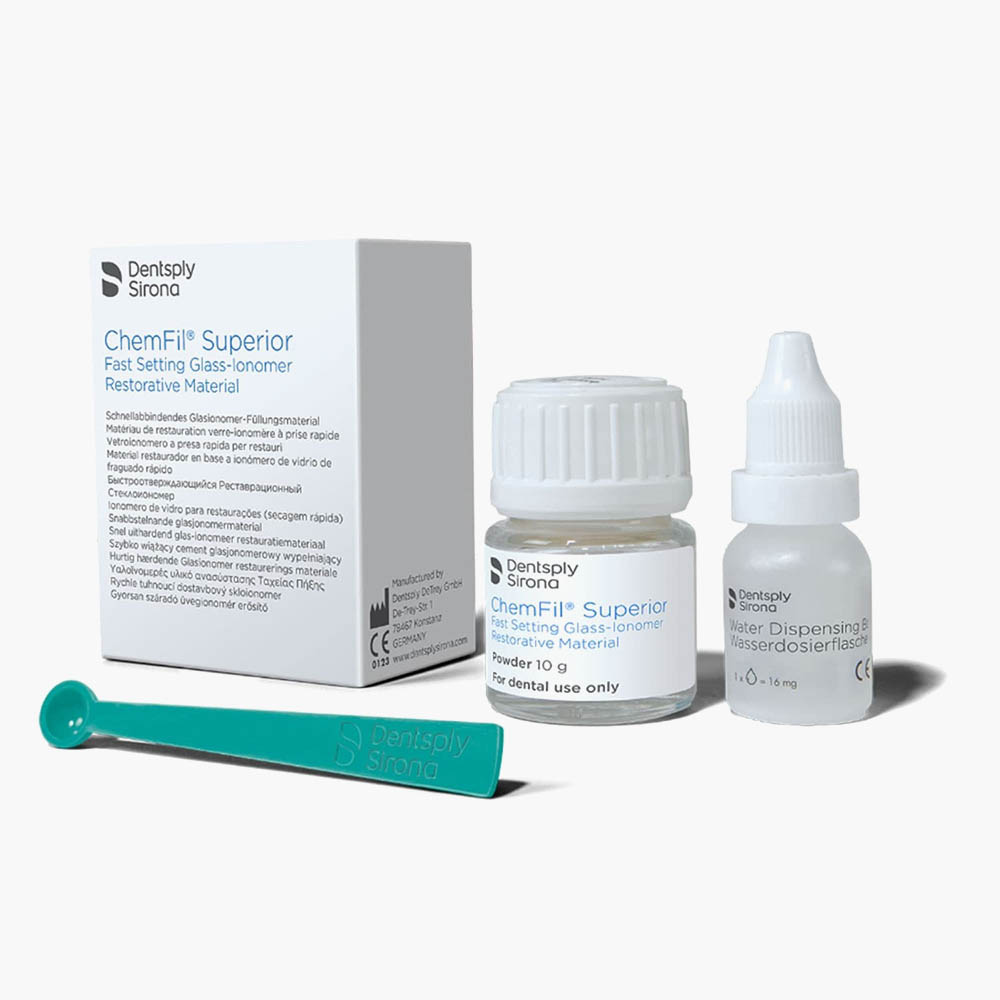
ANGELUS MTA Single Dose
Original price was: $2,600.00.$990.00Current price is: $990.00.ANGELUS MTA Single Dose
Original price was: $2,600.00.$990.00Current price is: $990.00.Pulpotomy (removal of affected coronal pulp to preserve vitality of remaining pulp tissue).
Apexigenesis (induction of root development in vital teeth with an inflamed coronal pulp).

Ammdent Zinc Phosphate Cement
Original price was: $391.00.$345.00Current price is: $345.00.Ammdent Zinc Phosphate Cement
Original price was: $391.00.$345.00Current price is: $345.00.Zinc Phosphate Cement

Ammdent LC GI Line STANDARD 2GM
Original price was: $1,166.00.$630.00Current price is: $630.00.Ammdent LC GI Line STANDARD 2GM
Original price was: $1,166.00.$630.00Current price is: $630.00.Allows minimal cavity preparation.
Less stress on margins and marginal seal.
Protects against secondary caries.
Excellent esthetics and finish.
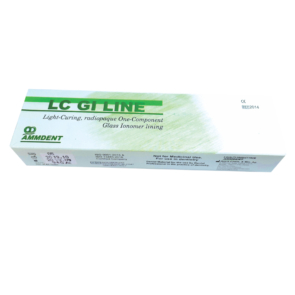
Ammdent GI Silver
Original price was: $1,345.00.$995.00Current price is: $995.00.Ammdent GI Silver
Original price was: $1,345.00.$995.00Current price is: $995.00.Glass ionomer silver reinforced restorative
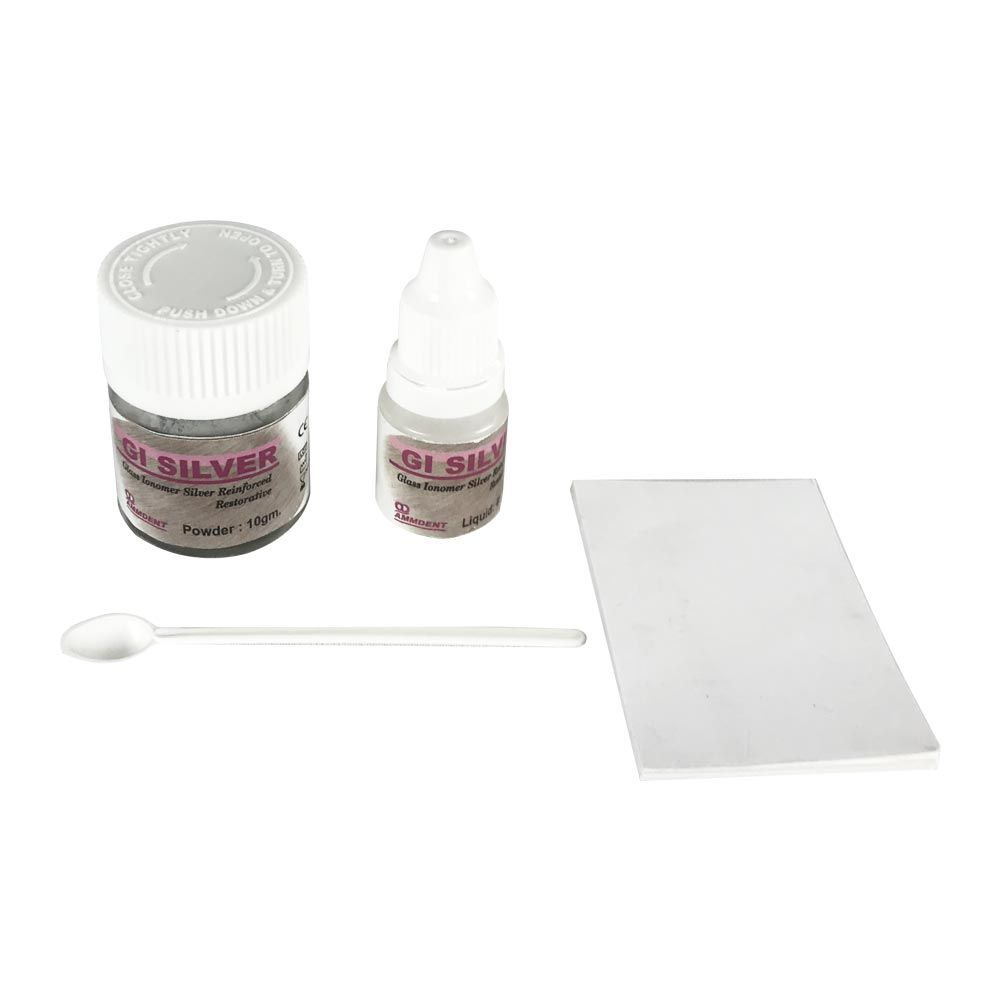
3m Espe Ketac Molar Gi Filling Cement
Original price was: $3,300.00.$1,700.00Current price is: $1,700.00.3m Espe Ketac Molar Gi Filling Cement
Original price was: $3,300.00.$1,700.00Current price is: $1,700.00.Glass ionomer cement
Advantages:
• High flexural strength, reduces the risk of restoration fracture.
• Adhesion to enamel and dentin.

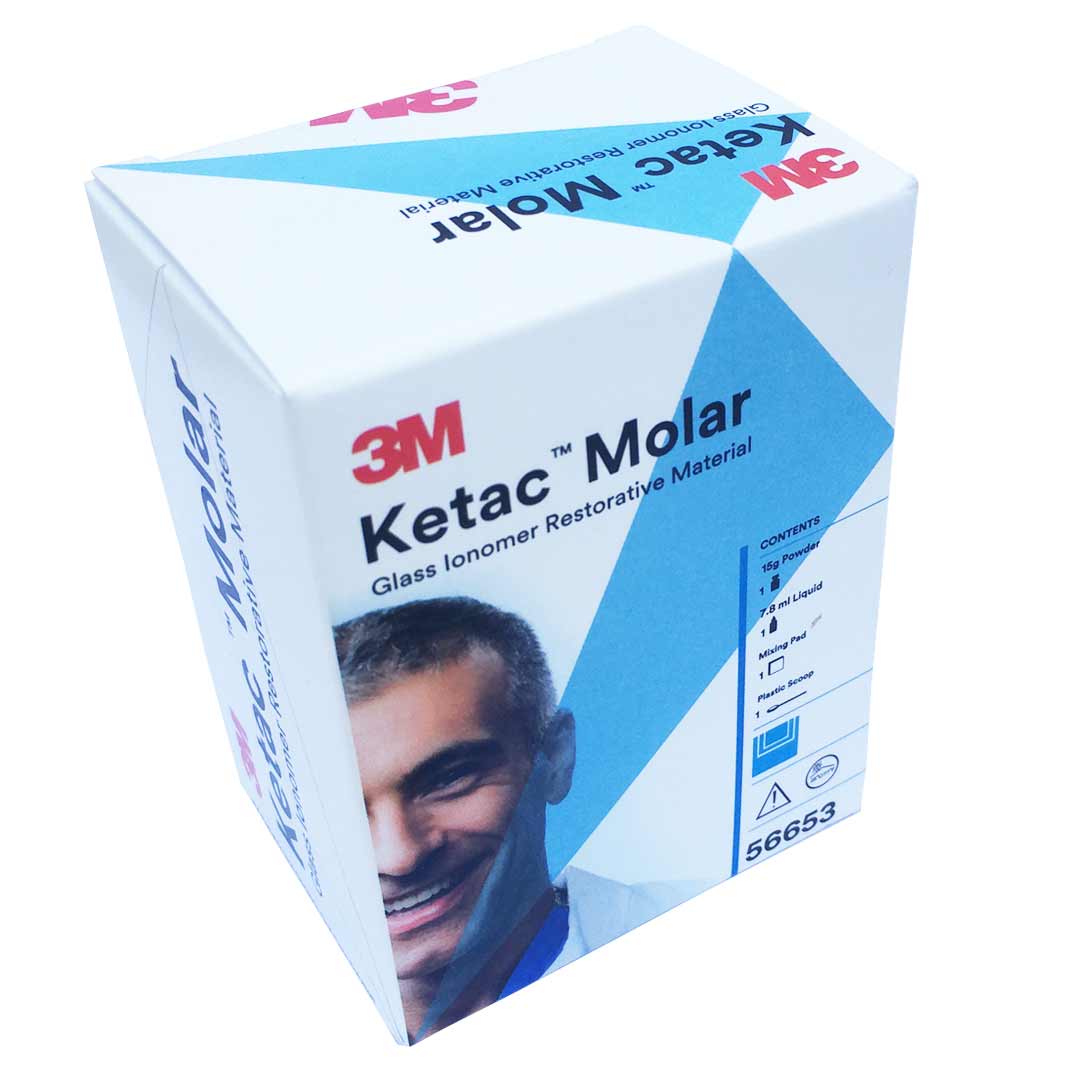

3m Espe Ketac Cem Glass Ionomer Luting Cement
Original price was: $3,605.00.$2,525.00Current price is: $2,525.00.3m Espe Ketac Cem Glass Ionomer Luting Cement
Original price was: $3,605.00.$2,525.00Current price is: $2,525.00.Cement
Indications:
Permanent cementation of inlays, Onlays, crowns and
bridges made of metal or porcelain fused to metal (PFM), all-aluminia or all-zirconia strengthened core ceramic systems (e.g. Lava™ Crowns & Bridges)
3M ESPE Filtek Z350 XT Universal Restorative Capsule – REFILLS
Original price was: $5,000.00.$3,040.00Current price is: $3,040.00.3M ESPE Filtek Z350 XT Universal Restorative Capsule – REFILLS
Original price was: $5,000.00.$3,040.00Current price is: $3,040.00.Restorative Capsule
Sandwich technique with glass ionomer resin material.
Cusp buildup.
Core buildup.
Splinting.
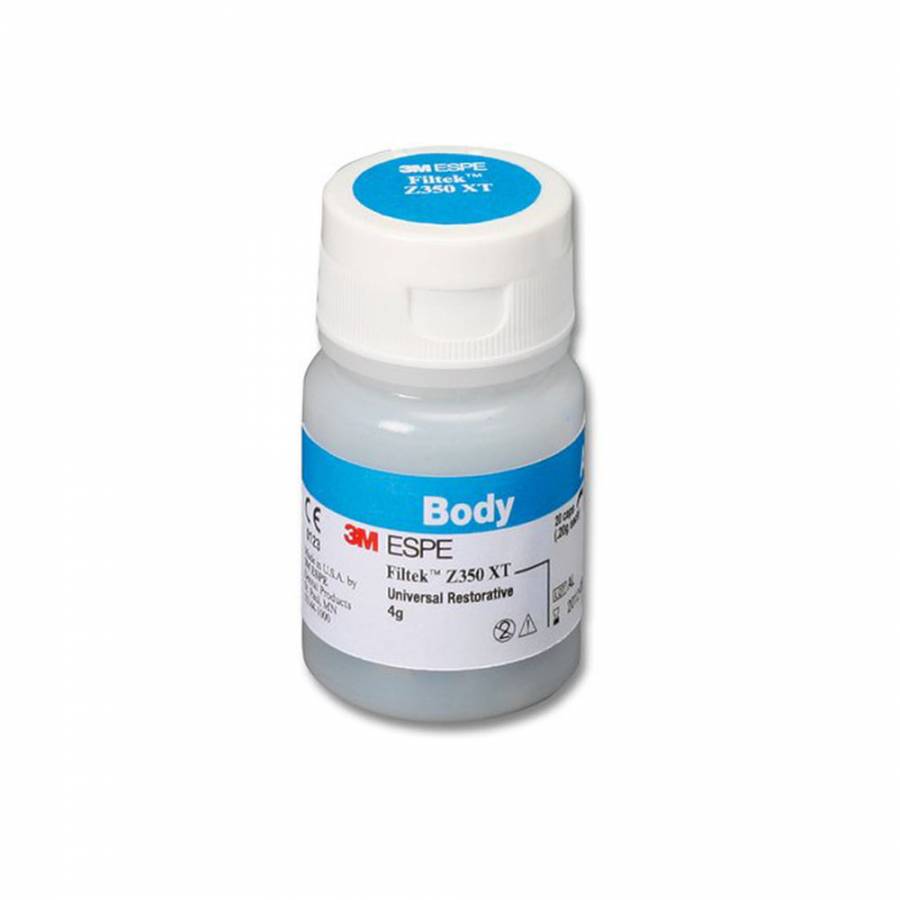
Varolink N LC Clear veneer Refill
Original price was: $3,007.00.$2,545.00Current price is: $2,545.00.Varolink N LC Clear veneer Refill
Original price was: $3,007.00.$2,545.00Current price is: $2,545.00.Crown Cementing
INDICATIONS-Variolink N is suitable for the cementation of indirect restorations made of leucite-reinforced glass-ceramics (IPS Empress), lithium disilicate glass-ceramics (IPS e.max CAD/Press) and composite resins (SR Nexco), for example Veneers.

Ivoclar Vivadent Multilink N Refills
Original price was: $6,550.00.$4,190.00Current price is: $4,190.00.Ivoclar Vivadent Multilink N Refills
Original price was: $6,550.00.$4,190.00Current price is: $4,190.00.Universal Luting Composite
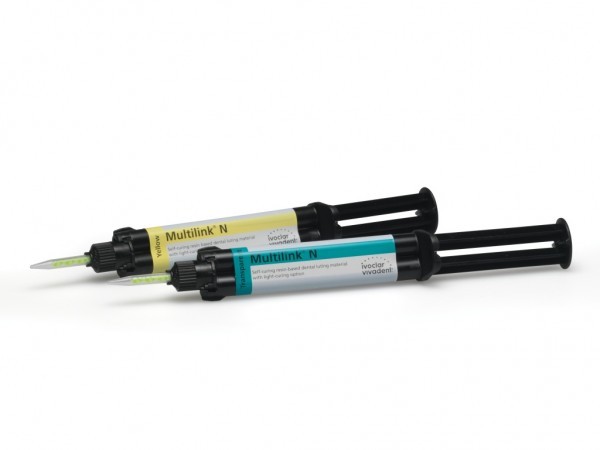
Ivoclar Variolink N Lc
Original price was: $3,690.00.$3,190.00Current price is: $3,190.00.Ivoclar Variolink N Lc
Original price was: $3,690.00.$3,190.00Current price is: $3,190.00.Light-curing
Indications:
Adhesive cementation of translucent all-ceramic restorations with a thickness of < 2.0mm (veneers, inlays, onlays)

Ivoclar Variolink N Intro Pack
Original price was: $7,904.00.$6,920.00Current price is: $6,920.00.Ivoclar Variolink N Intro Pack
Original price was: $7,904.00.$6,920.00Current price is: $6,920.00.Dual Cure composite Material
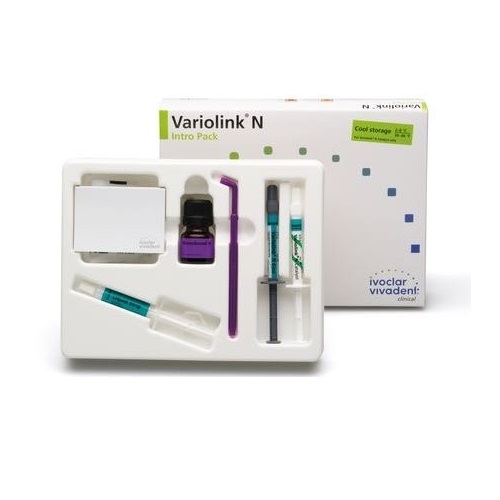
Ivoclar Variolink Esthetic LC (Light-Curing) Refills
Original price was: $5,392.00.$4,460.00Current price is: $4,460.00.Ivoclar Variolink Esthetic LC (Light-Curing) Refills
Original price was: $5,392.00.$4,460.00Current price is: $4,460.00.Composite kit
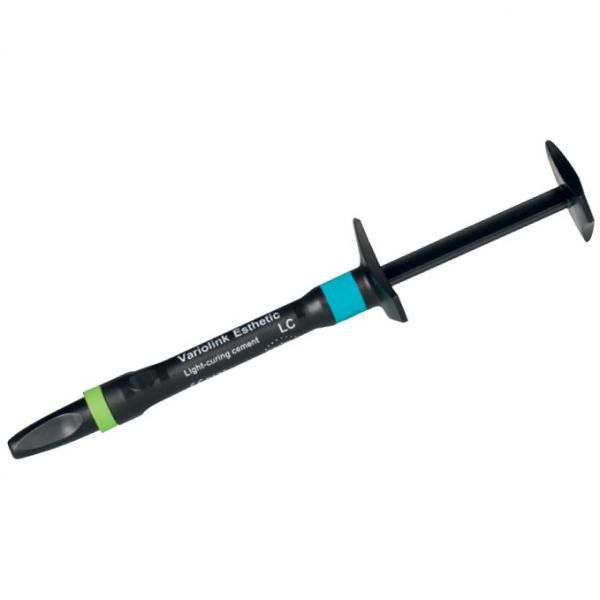
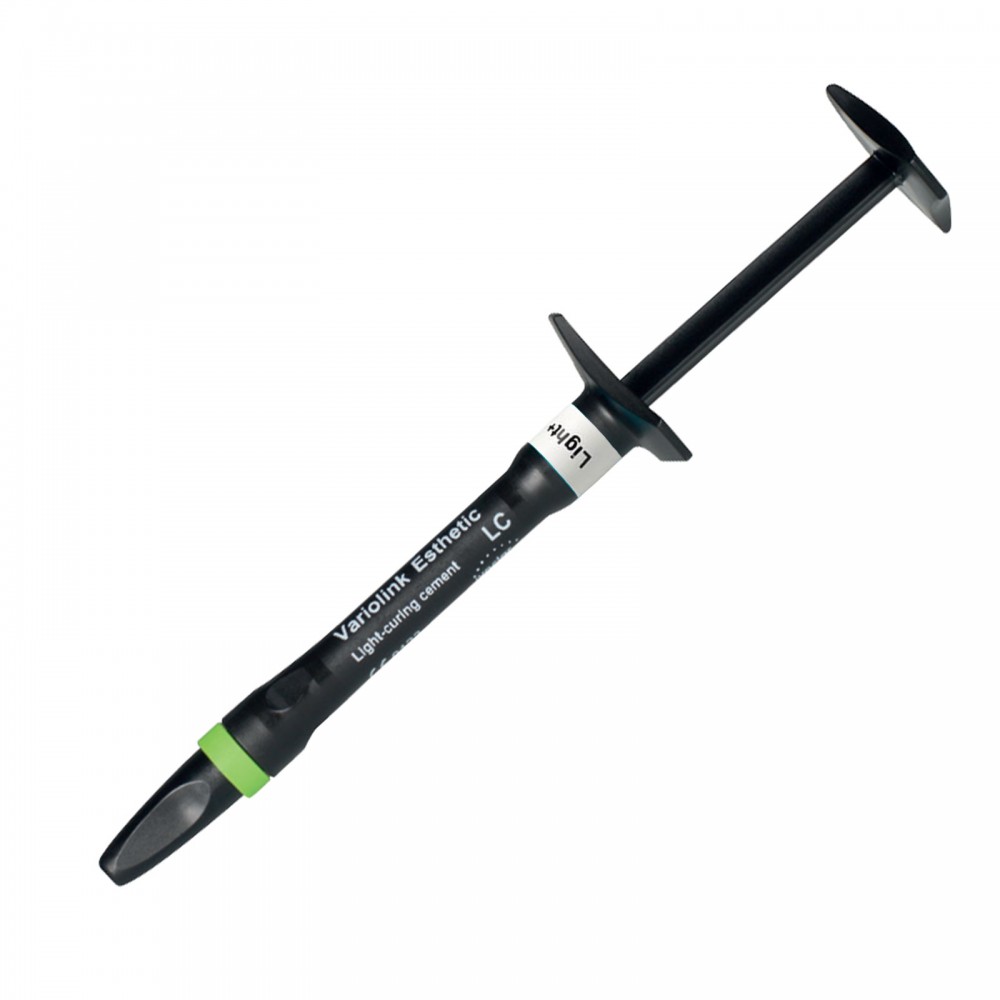
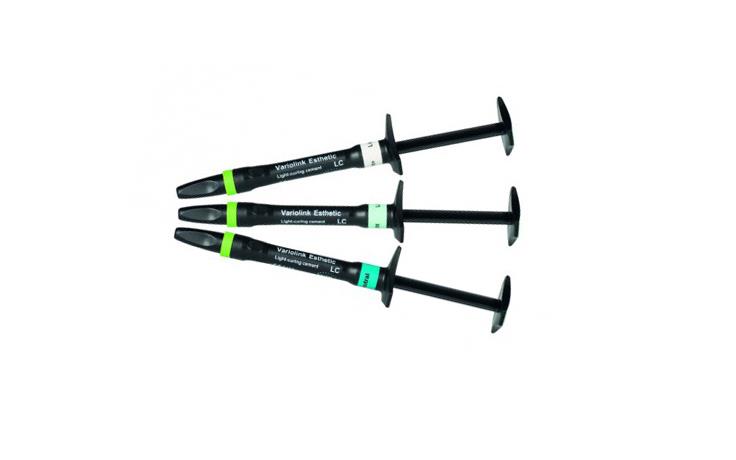
Ivoclar Tetric N Ceram Intropack with Tetric N-Bond 6g f
Original price was: $8,713.00.$4,990.00Current price is: $4,990.00.Ivoclar Tetric N Ceram Intropack with Tetric N-Bond 6g f
Original price was: $8,713.00.$4,990.00Current price is: $4,990.00.Radiopaque nano-hybrid composite
ADVANTAGES:
– Excellent radiopacity– Good polishability – Nano-fillers complete the finely tuned filler technology – Nano-colour pigments are responsible for the material’s unique chameleon effect – The nano-modifier ensures optimum stability and excellent sculptability – The material does not stick to the instruments
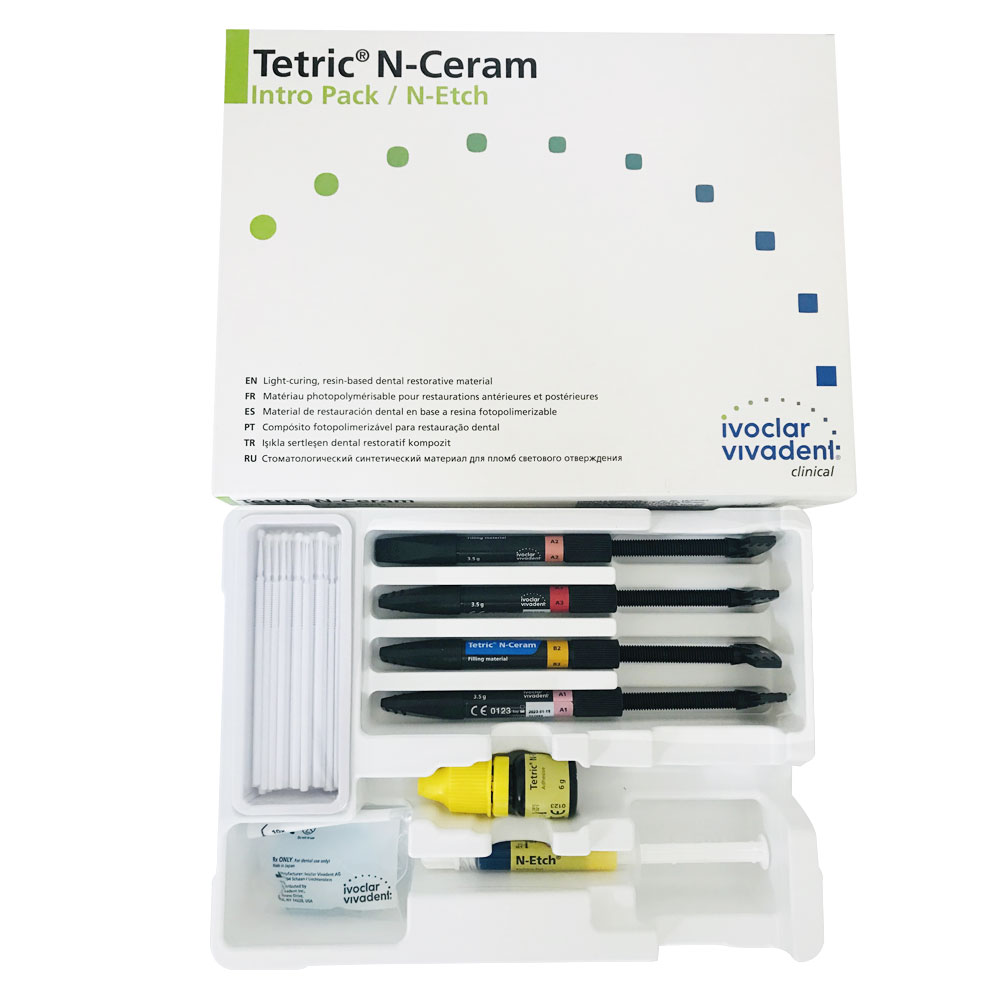

Ivoclar Multilink N System Pack
Original price was: $12,200.00.$7,600.00Current price is: $7,600.00.Ivoclar Multilink N System Pack
Original price was: $12,200.00.$7,600.00Current price is: $7,600.00.Universal Luting Composite System
INDICATIONS:-
The universal luting composite is suitable for the placement of indirect restorations made of leucite-reinforced glass-ceramics (IPS Empress), lithium disilicate glass-ceramics (IPS e.max CAD/Press), composite resins (FRC Postec Plus, SR Nexco), oxide ceramics (IPS e.max ZirCAD), metal and metal-ceramics (IPS 99, IPS InLine System). Multilink N is used for the following indications, depending on the material used:
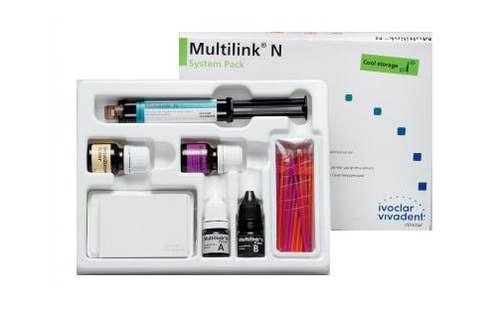
COLTENE SOLOCEM (Luting Cement)
Original price was: $3,000.00.$2,570.00Current price is: $2,570.00.COLTENE SOLOCEM (Luting Cement)
Original price was: $3,000.00.$2,570.00Current price is: $2,570.00.(Luting Cement)
MDP and 4-MET(A) monomers ensure good bonding values on a range of different materials without requiring a separate adhesive.
This simplified form of application reduces the risk of potential error sources which could affect the bond and thus the quality of the entire restoration.
SoloCem saves you time without having to forego reliable bonding.
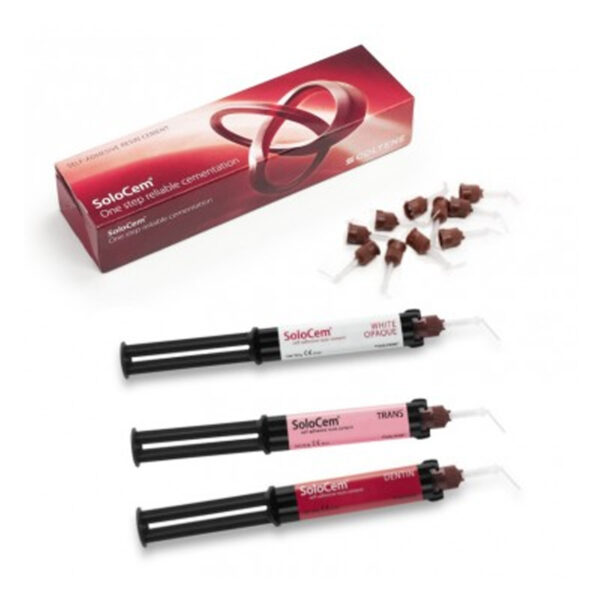

ANGELUS Contacto Film 12
Original price was: $1,600.00.$1,510.00Current price is: $1,510.00.ANGELUS Contacto Film 12
Original price was: $1,600.00.$1,510.00Current price is: $1,510.00.Easy identification of occlusal contacts.

3M ESPE Relyx U200 Self-Adhesive Resin Cement
Original price was: $8,300.00.$6,500.00Current price is: $6,500.00.3M ESPE Relyx U200 Self-Adhesive Resin Cement
Original price was: $8,300.00.$6,500.00Current price is: $6,500.00.Temporary Filling Material
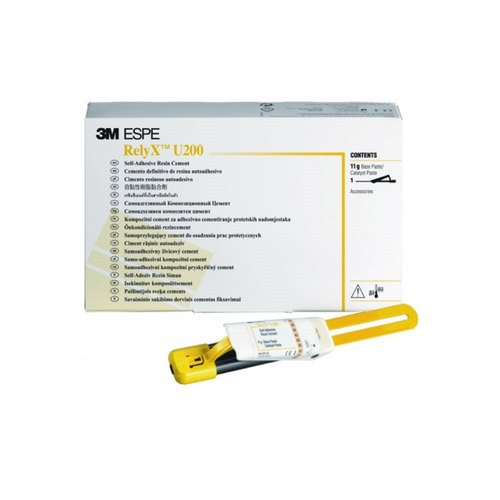

3m Espe Ketac Cem Glass Ionomer Luting Cement
Original price was: $3,605.00.$2,525.00Current price is: $2,525.00.3m Espe Ketac Cem Glass Ionomer Luting Cement
Original price was: $3,605.00.$2,525.00Current price is: $2,525.00.Cement


Pyrax Polycarboxylate Cement Powder 30gm / Liquid 15ml
Original price was: $700.00.$330.00Current price is: $330.00.Pyrax Polycarboxylate Cement Powder 30gm / Liquid 15ml
Original price was: $700.00.$330.00Current price is: $330.00.Very low film thickness due to optimum viscosity of liquid.
Excellent bonding to tooth structure and metal appliances.


